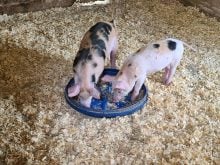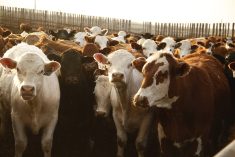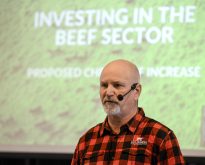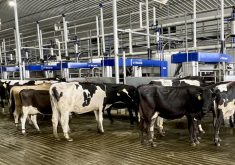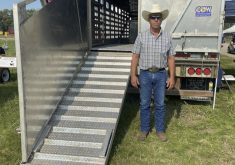After a stretch of wet weather and being tied to my home office, it was great to go for a drive to Wellington County to tour some feedlots with attendees of the Livestock Markets of Canada Association (LMAC) late last month.
After heavy rains kept some farmers off the fields, planting was in full swing in many areas as I wound my way through Oxford and Perth counties to join the tour bus.
While the opportunity to get back in the tractor kept some Ontario beef farmers from joining the tour, it was aimed primarily at western Canadian attendees.
Read Also
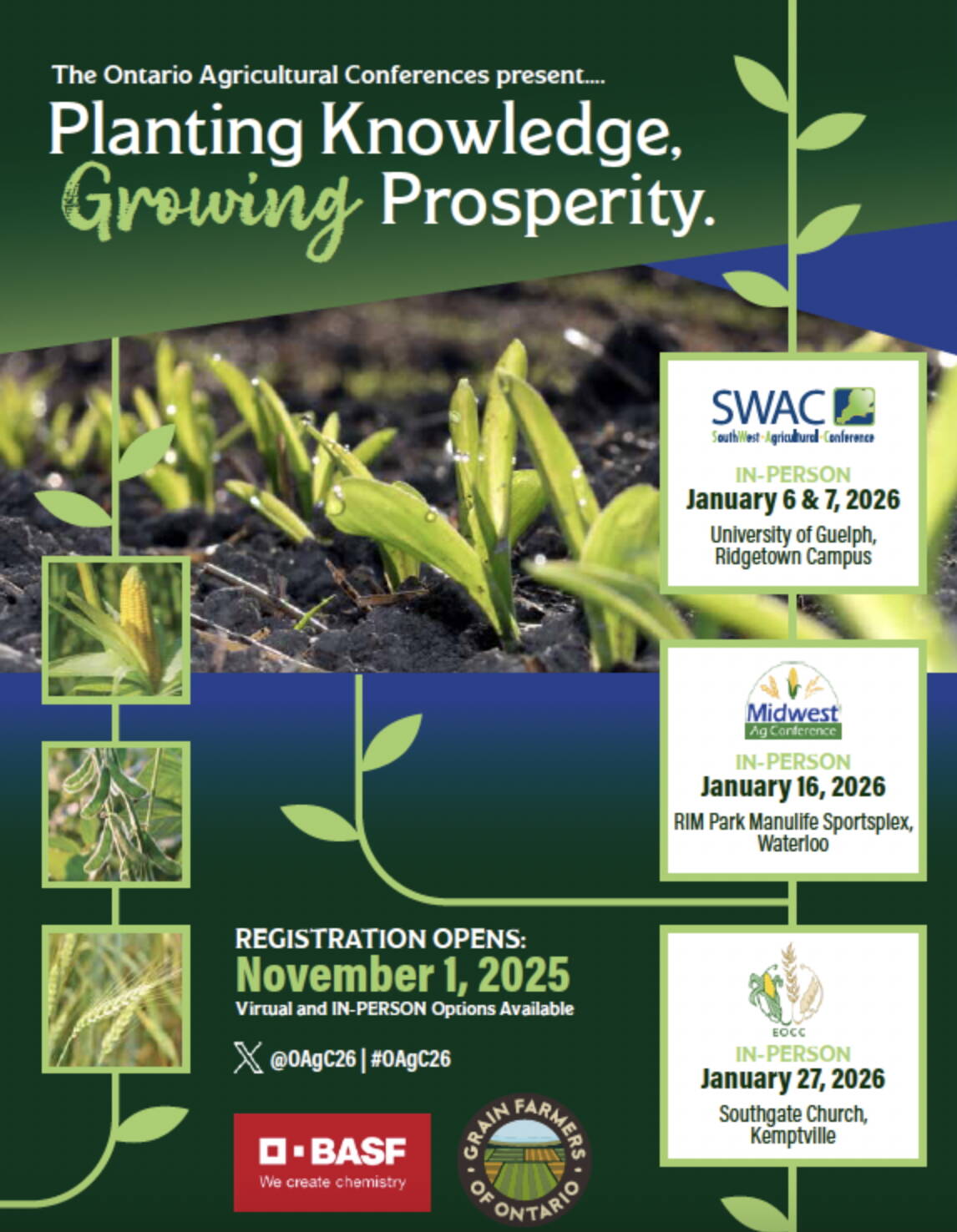
Ontario Agricultural Conference increases accessibility
The Ontario Agricultural Conference 2026 offers in-person and online access to expert insights, hands-on learning, and networking opportunities.
Three feedlots were on the tour, all offering a slightly different approach to supplying the Ontario market.
I admit I wondered why a feedlot tour was offered during the LMAC convention as our operations are much smaller than those in the Prairie provinces. Surely there were other aspects of Ontario’s beef industry they might be more interesting in touring?
But size wasn’t a factor. What western attendees were eager to see, LMAC national Rick Wright told me, was how the cattle were housed.
What each feedlot had in common was the cattle were housed under cover of a barn or other structure with overhead fans, instead of being housed outside.
It was also an opportunity for many attendees to see where their calves end up, as many Ontario feedlot operators purchase from the Prairies. “It’s nice for them to see what the cattle look like after they arrive and have been on feed for awhile,” said Wright.
Although the types of crops grown and the size of operations may differ between provinces, listening to chatter and questions amongst attendees is a reminder that farmers have the same concerns, and enjoy learning from each other.
The LMAC convention also indicated that interest in learning the art of selling cattle in live auctions is still appealing to youth.
For the first time in its 25-year history, a rookie caller won both the Canadian Livestock Auctioneering Championship as well as the rookie of the year trophy.
Lars Deleeuw, a 19-year-old from Burford, Ont., won both titles despite being largely self-taught via YouTube videos, followed by some industry mentorship.
Wright said rookies like Deleeuw have a bright future in the auction business.
Despite the North American cattle herd being at its lowest point in more than 70 years, seeing the enthusiasm of LMAC attendees and strong participation from youth, tells me that the future is bright for the feeder business too.







